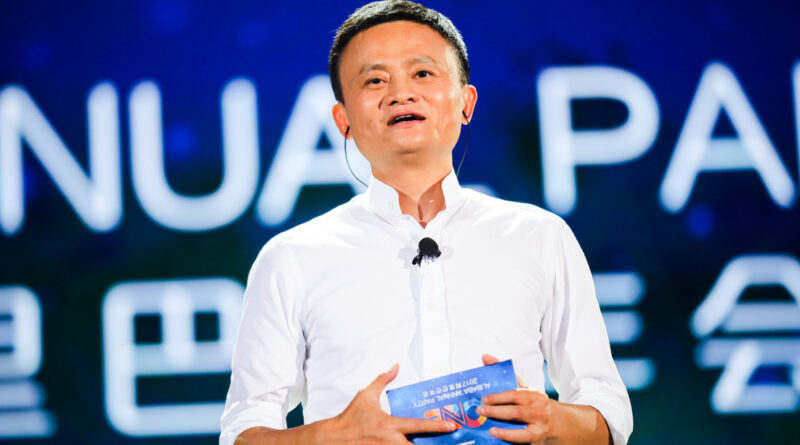Jack Ma-Backed Ant Group Unveils AI Cost-Cutting Breakthrough Using Chinese Chips
Ant Group, backed by e-commerce magnate Jack Ma, is making waves in the artificial intelligence arena with a new technique that could slash training costs by 20%. Leveraging Chinese-made semiconductors—from affiliates like Alibaba Group and Huawei Technologies—the Hangzhou-based firm has developed methods for training large AI models using the Mixture of Experts (MoE) approach. According to sources familiar with the matter, these domestic chips have delivered performance comparable to premium Nvidia processors such as the H800, which are currently restricted from sales in China.
A Shift Toward Local Hardware
While Ant Group continues to use Nvidia technology for some AI development, it is increasingly relying on alternatives from Advanced Micro Devices Inc. and domestic chipmakers for its latest models. The breakthrough comes at a time when Chinese companies are intensifying their efforts to develop cost-efficient alternatives to the high-priced, imported semiconductors that have long dominated AI training.
The Mixture of Experts Approach
The MoE model—popularized by tech giants like Google and startups such as Hangzhou’s DeepSeek—divides tasks into smaller, specialized segments, much like a team of experts handling different facets of a project. This method not only boosts efficiency but also makes it feasible to train large language models (LLMs) without relying exclusively on premium GPUs. Ant’s recent research paper highlights that by optimizing hardware usage, the company was able to cut the cost of training 1 trillion tokens from 6.35 million yuan (approximately $880,000) down to 5.1 million yuan.
Introducing the Ling Models
Ant Group is set to deploy its breakthrough in its own large language models, Ling-Plus and Ling-Lite, targeting industrial applications in sectors such as healthcare and finance. The company claims that in certain benchmarks, the Ling-Lite model has outperformed Meta Platforms Inc.’s Llama model, while both Ling-Lite and Ling-Plus have shown strong performance on Chinese-language benchmarks compared to competitors like DeepSeek’s offerings.
Ling-Lite, which contains 16.8 billion parameters, and Ling-Plus, with its 290 billion parameters, have been open-sourced, allowing broader scrutiny and development. Despite some challenges with training stability—where even minor hardware or structural changes have led to fluctuations in error rates—the models mark a significant step forward in making advanced AI more accessible and affordable.
Real-World Applications in Healthcare and Finance
Ant Group is not stopping at model development. The company is already deploying its AI advancements in practical applications. In healthcare, Ant has integrated its AI Doctor Assistant into Haodf.com—an online platform acquired earlier this year—to support 290,000 doctors with tasks such as medical record management. The company also rolled out two AI agents: Angel, serving over 1,000 medical facilities, and Yibaoer, which assists with medical insurance services. Additionally, Ant’s AI “life assistant” app, Zhixiaobao, and financial advisory service, Maxiaocai, underscore its ambition to penetrate diverse sectors with cost-effective, high-performance AI solutions.
Implications for the AI Race
Ant Group’s breakthrough arrives as Chinese and U.S. companies intensify competition in the AI space. The move to utilize domestically produced chips not only reduces dependency on imported technology but also positions Chinese firms to potentially leap ahead in the race to develop robust, cost-efficient AI systems.
By demonstrating that cutting-edge models can be trained without the astronomical costs associated with premium GPUs, Ant Group is challenging the prevailing notion that high performance must come with a high price tag. As the technology continues to mature, this development could pave the way for broader adoption of AI technologies across industries, further blurring the lines between cost efficiency and technological sophistication.
For now, Ant Group’s innovation is a clear signal: the era of relying solely on expensive, high-performance chips is evolving, and domestic alternatives are ready to take center stage in the global AI revolution.
Photo Credit: DepositPhotos.com

